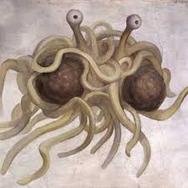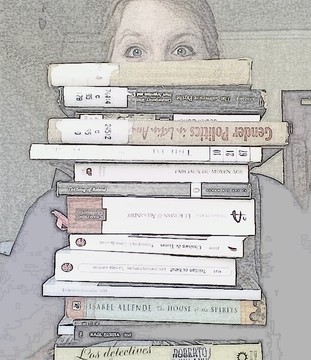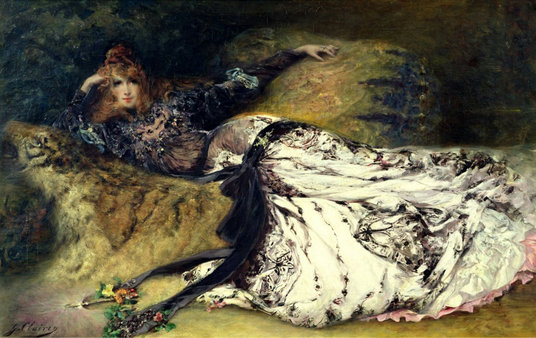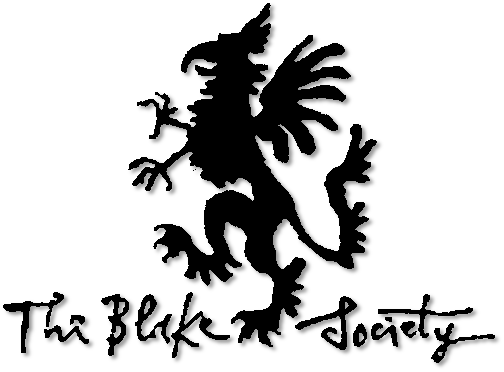It is now February, and all the shenanigans of New Year’s Eve and the bright hope of the new year seem a distant past along with, I expect for many of you, New Year’s Resolutions. Like most people, I have made the classic New Year’s Resolutions: to stop biting my nails, to eat less carbs, to go running more. I have also made some more unique resolutions, such as when I was 15 and determined to take a picture out my window every morning for a year. Unfortunately, not many of my New Year’s resolutions have ever really stuck. I still bite my nails, and the picture idea only lasted about 4 days…
Of course some people do manage to stick to their resolutions- one friend succeeded in giving up chocolate for a whole year, so if you have the will power resolutions can work. But why do so many people find it hard to stick to them? Why only a month later does the optimism of January seem to fade? What I see as the problem with New Year’s Resolutions is that many people reach a certain point in February, maybe March, when they realise they haven’t quite stuck to their plans, they think therefore that they have failed, and give up.
Although I haven’t kept many of my New Year’s Resolutions, I have managed to complete Lent 3 times, so this got me thinking that perhaps we should start with the task of keeping shorter resolutions and work ourselves up. For example, people are far more likely to be successful with dry January or Stoptober than a resolution to stop drinking or smoking all together, because they have only to keep their resolve for a month. From a month of abstinence one could gradually build- one month on, one month off? Until we have trained ourselves to keep our resolve for longer.
Another issue I think with New Year’s Resolutions is that we set ourselves the defining date of 1st January, and expect to become a new person from that day forth, or for our life to radically change post one arbitrary date. Then if by February we believe that we have failed a New Year’s Resolution because we haven’t kept it up, we tend to write off the rest of the year and think ‘I’ll start again next year- the next 1st January will be different’ but it never will be unless we learn to stick to our resolve. Therefore, I think if we allow ourselves to start a resolution at any point in the year, any day of the week, we give ourselves more chance of fulfilling it, because if our resolve starts to waver or we become lax, we can give ourselves a chance to begin again - the next week or month, rather than the next year.
There is of course the argument that perhaps some people can’t ever keep a resolution, or only ever for a short amount of time. I have a friend who was a prolific smoker, who gave up cigarettes totally for Lent, but as soon as it finished went back to smoking half a pack a day. It seems that human nature is much more easily malleable if it has a seemingly achievable target to aim for – a known end date. So what I would suggest is that we set ourselves resolution targets with end points, and take breaks in between, but that we keep setting these targets so that eventually the breaks become shorter and the targets longer, until we are able to keep our resolve for a year! I was once told that bends were made in roads so that horses thought they were coming to the end of their journey and would speed up, and once they rounded one bend they set their sights on the next, and the next, until they reached their actual destination. I am not of course suggesting that humans are as simple as horses, but I believe we could use this philosophy in order to train ourselves: setting our sights on achievable targets and becoming better at keeping our resolve.
Tabby Adams





